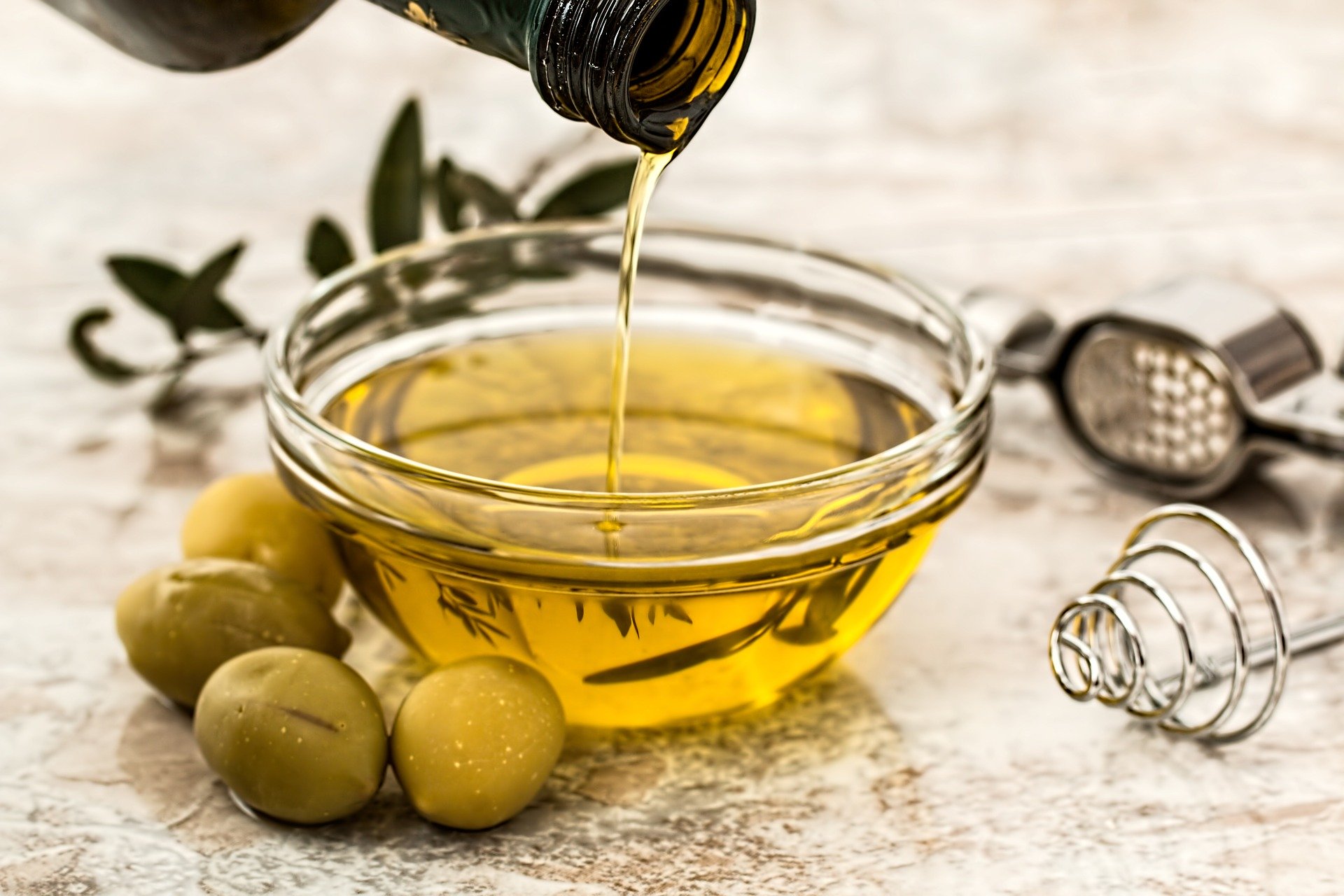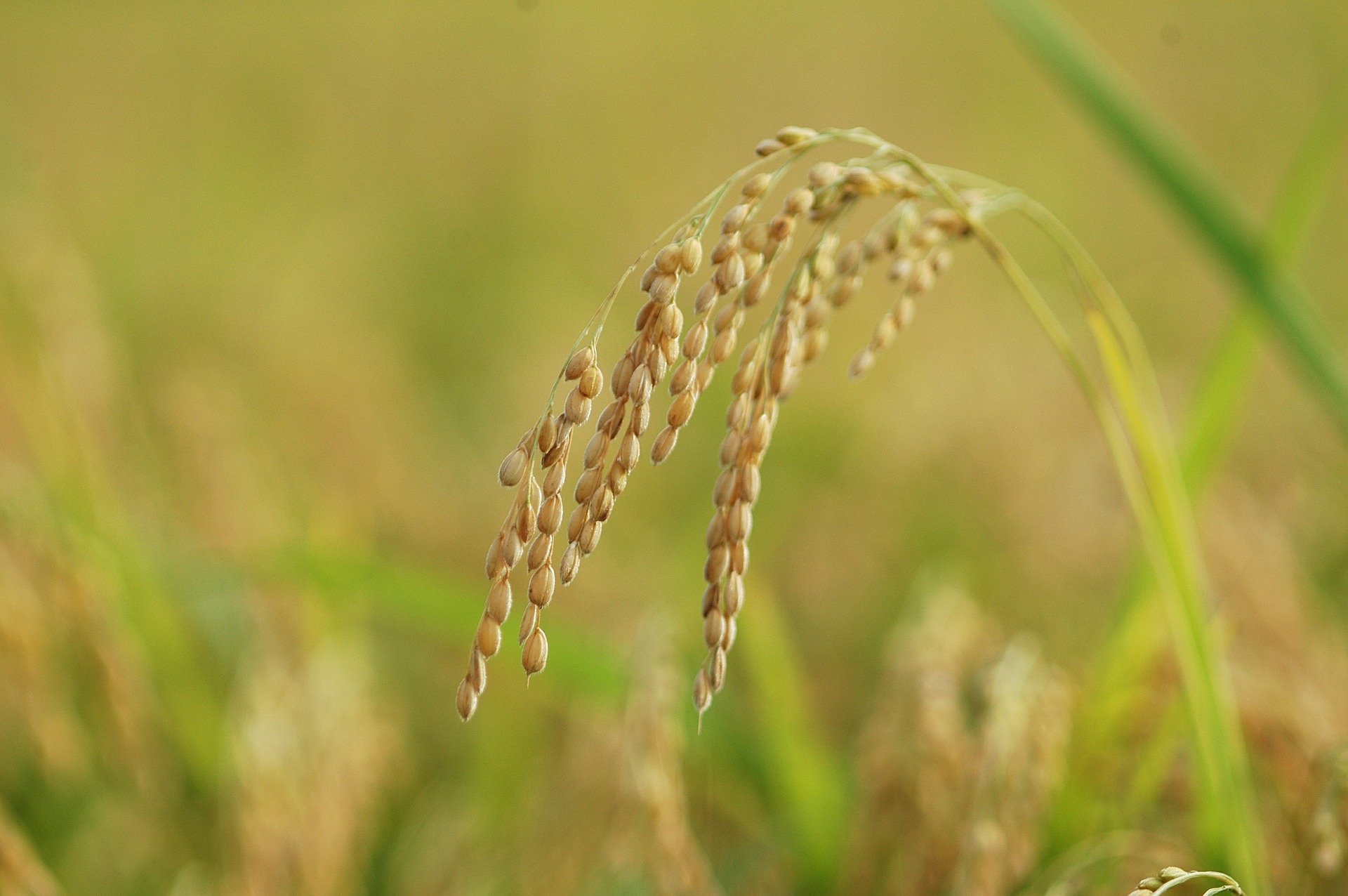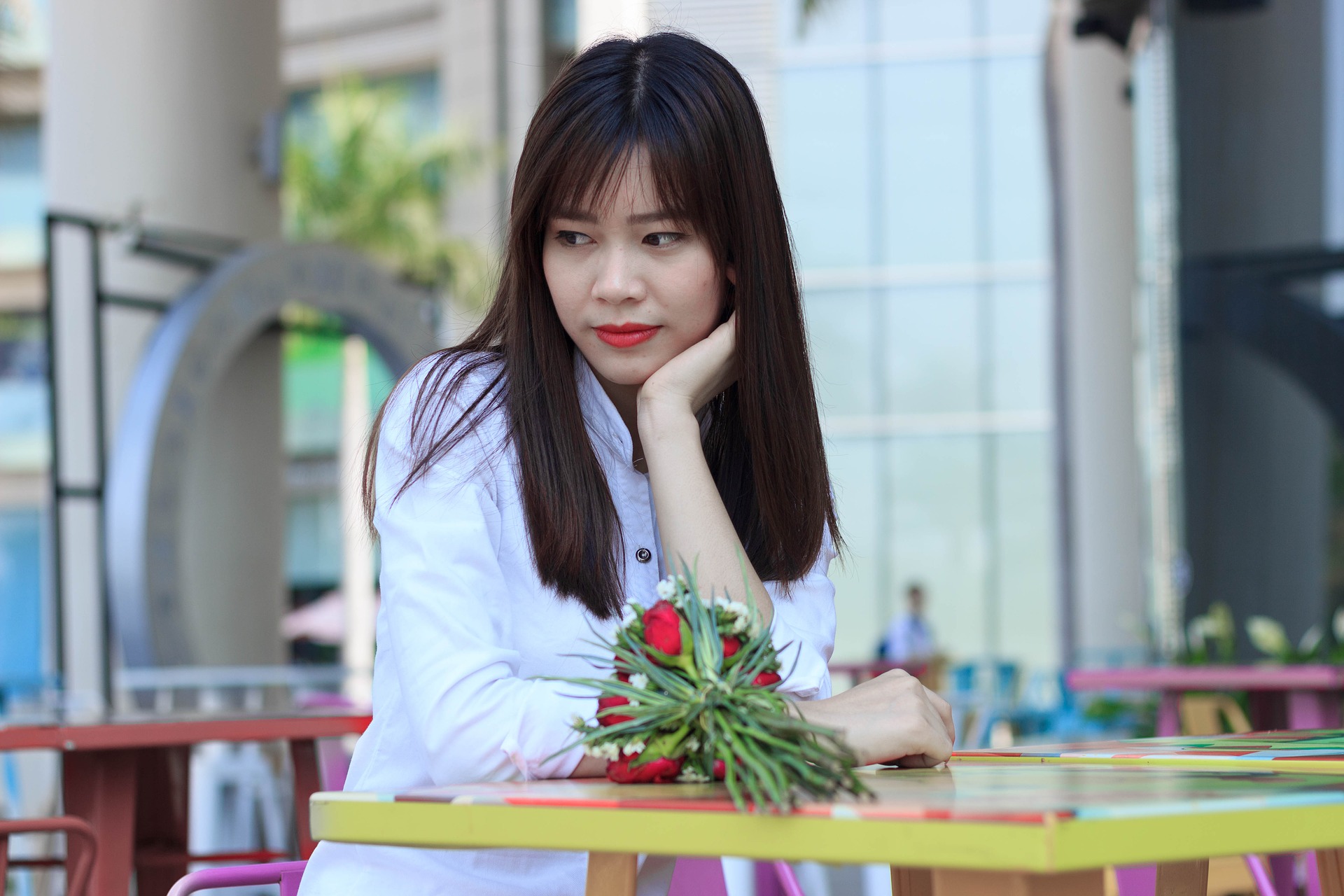What is K-Beauty? Posted by Flying Oyster on Oct 8, 2020 in Culture, Vocabulary
When I was in school, I had a classmate whose skin was always radiant despite her age. I asked her once what her secret was, and she said that she used olive oil. She added that it was her family secret coming down from her great-grandmother to her daughter. I guess women in many different countries have their own traditional beauty regimes.
Korean beauty (K-Beauty) is a legitimate term that most women who are interested in beauty products would understand because of the high quality of beauty items from South Korea. However, the history of K-Beauty is actually longer than you would think. Korean women traditionally utilized a lot of daily common items and the Korean beauty regimen has been passed down from generation to generation. Today, I am going to introduce a couple of traditional Korean beauty secrets that I know.
Koreans value radiant skin tone and smooth hair texture. Therefore, Koreans emphasize the importance of thorough face washing. Korean women, such as my great-grandmother, had a life-long morning routine of washing their face and combing hair. My great-grandmother lived into her 90s!
- Wash your face with rice water.
Korean women used 쌀뜨물 (ssal-tteu-mool: water after rinsing rice) to cleanse their 얼굴 (uhl-gool: a face). When you make rice for meals, you need to rinse rice with water for a couple of times to eliminate unwanted dirt and rocks. Instead of dumping the rice-rinsed water, Korean women used them for cleansing their face. Rice-rinsed water is milky white. You would think that the water is not as clean as you would want for washing your face, but rice-rinsed water contains multiple 영양분 (young-yang-boon: nutrients), which exfoliate and nourish the skin. I wonder how Koreans in old times knew this fact.
2. Use homemade toner.
Korean women traditionally used homemade toner from 식물(sik-mool: vegetable, plants). They collected juice from 수세미 (soo-seh-mi: loofah), 박 (bahk: gourd), 오이 (oh-ee: cucumber), 수박 (soo-bahk: watermelon) and 유자(yoo-jah:citron). Using these kinds of homemade toner soothed skin and helped eliminate dirt and excessive oil. In modern days, it might not be as common to make homemade toner at home, but it is still practiced by some Korean women today. Cucumber is still a popular item for Koreans to lighten dark circles.
3. Nourish your skin from your kitchen.
It is common to use food items for beauty regimen even in different countries. Koreans also used common food items to nourish their skin such as egg yolk, 들기름 (deul-gi-reum: perilla seed oil) 살구기름 (sal-goo-gi-reum: apricot oil) 목화기름(mok-hwa-gi-reum: cotton oil) and 쌀기름 (ssal-gi-reum: rice oil). After using homemade toner, Korean women nourish their skin with a variety of natural oils.
4. Silky smooth hair texture completes a beauty.
머릿결 (muh-rit-gyul: hair texture) completes a 미인 (mi-in: a beautiful woman).
Koreans in the past used 잿물 (jat-mool: lye) to wash their hair. Lye is a major 성분 (sung-boon: an ingredient) for making 비누 (bi-noo: soap). Washing your hair with soap was just a basic step for the optimal hair care for Koreans. Just because you don’t have the luxury to purchase a bottle of shampoo and conditioner from a store, it doesn’t mean you need to give up silky smooth hair texture. Korean women used sweet flag, a flower in the iris family, treat their hair. After boiling sweet flag in water, they collected the water to rinse damaged hair. Scientifically proved, tannin in sweet flags can restore and nourish damaged hair. Who knew?
What did you think about Korean women’s beauty secrets? I was surprised by their wise discoveries when even science didn’t support the facts. What are your beauty secrets that have passed down from generation to generation?

Build vocabulary, practice pronunciation, and more with Transparent Language Online. Available anytime, anywhere, on any device.






